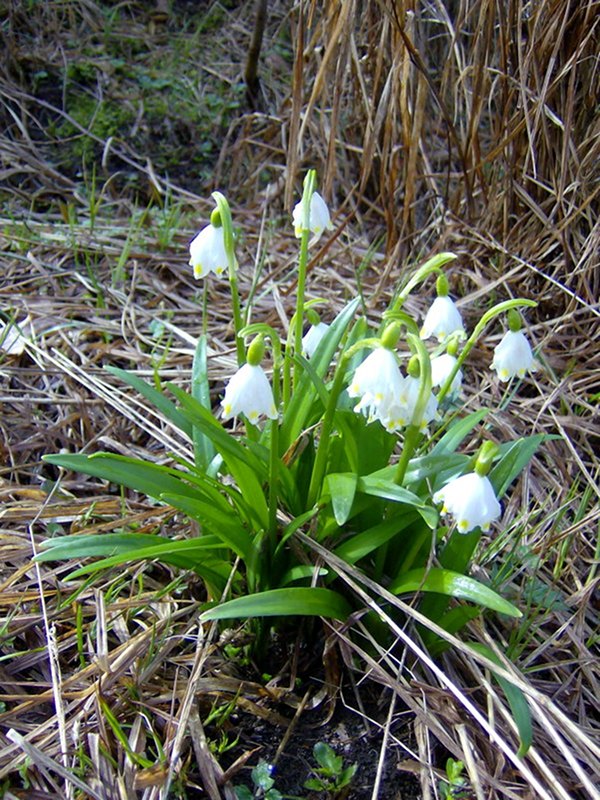Home » Nature and Territory » Parco Regionale dei Laghi di Suviana e Brasimone » Protected Area
Flora and Vegetation
Moving uphill from the park's lower areas to altitudes of 800-900 m, you'll find mixed broadleaf forests that have always been utilized by man, modest in size, with numerous coppiced stumps and the occasional substantially-sized tall tree. The most common tree species are pubescent oak, manna ash and European hop hornbeam.
However, there are still some sweet chestnut groves in the park, such as the one at Poranceto: large specimens, with their uniquely shaped and majestic trunks, that shade the undergrowth, which is periodically cleared to facilitate the harvesting of the chestnuts.
Beech forests cover a large part of the mountain slopes, reaching up to the highest peaks. In the lower beech woods these broadleaves grow amid various tree and shrub species that are typical of the oak forests below. Mixed woods of beech and sweet chestnut are common along the sandstone bedrock, stemming from the old abandoned chestnut groves that are gradually returning to their natural conditions. At altitudes of 900 m and above, due to the cooler climate and to the intense coppicing cycles of the past, the vegetation consists of pure beech forests, with only the occasional sycamore maple or whitebeam. Common shrubs include the alpine laburnum and the hazel, which grows along stream banks together with the purple willow and the rosemary willow. The undergrowth is in constant bloom from spring to late summer with the blossoms of numerous grasses typical of the Apennine beech forests, including the wood anemone, coralroot and knotted crane's-bill. Several fern species also grow in the cooler beech woods.
Although not extensive, the park's rocky terrains are particularly interesting from a botanical viewpoint as they support vegetation that is not influenced by the human activities that have impacted on a large part of the local flora. The rock is often colored with the thalli of crustose and foliose lichen, primitive organisms that are able to prepare the substrates for more demanding plant species.
The rocks are home to plant species such as the scented Italian strawflower, thyme, woodruff (Asperula purpurea), rock rose and various stonecrops (Sedum spp.), small succulents that have adapted to these arid environments.
There are also a number of small rupicolous plants growing amid the park's rocky outcrops that are considered rare in Emilia Romagna: the alpine saxifrage (Saxifraga paniculata), with its distinctive rosettes of leathery leaves featuring lime-secreting pores along the leaf margins, and the cobweb houseleek (Sempervivum arachnoideum), whose furry central rosettes resemble spider webs.
2025 © Ente di gestione per i Parchi e la Biodiversità - Emilia Orientale
Piazza XX Settembre, 1 - 40043 Marzabotto (BO)
Tel. +39 051 6701260-6254811 - Fax +39 051 6254521
E-mail protocollo@enteparchi.bo.it - PEC enteparchibo@cert.provincia.bo.it
P.IVA CF 03171551207
Codice univoco per la fatturazione elettronica: UF2KK4
E-mail protocollo@enteparchi.bo.it - PEC enteparchibo@cert.provincia.bo.it
P.IVA CF 03171551207
Codice univoco per la fatturazione elettronica: UF2KK4




